Home>Home Appliances>Home Automation Appliances>What Is Alexa From Amazon?
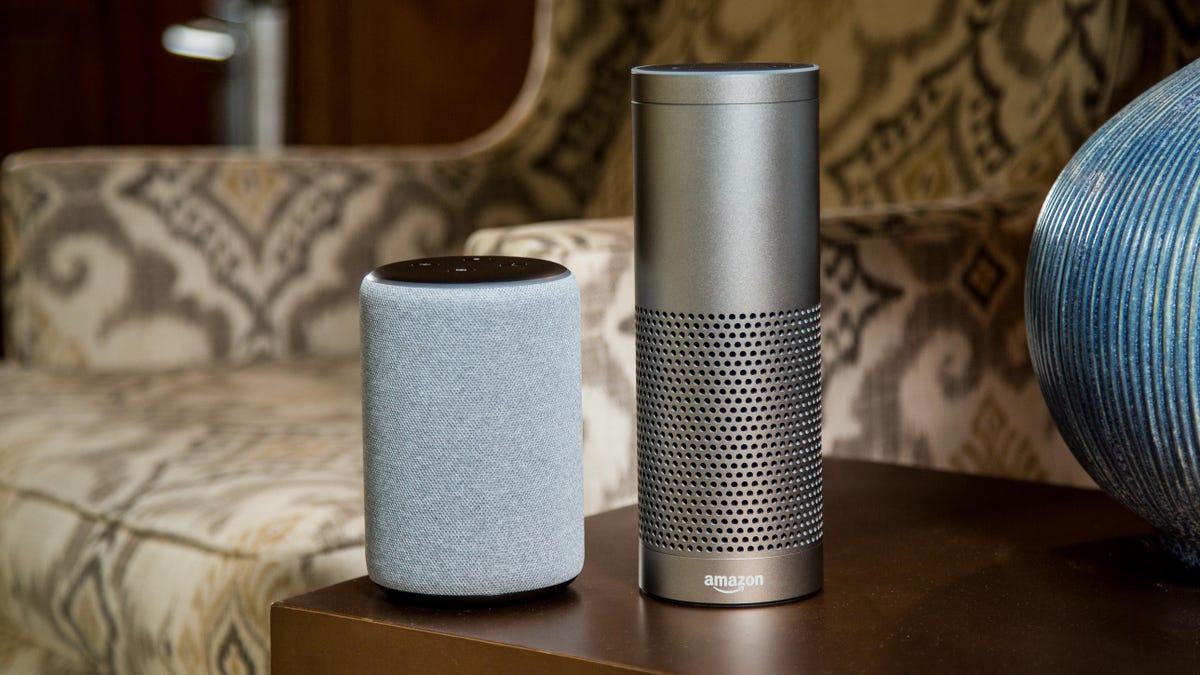

Home Automation Appliances
What Is Alexa From Amazon?
Modified: January 24, 2024
Learn about Alexa from Amazon and how it revolutionizes home automation appliances. Discover the benefits and features of this innovative technology. Unlock the potential of smart living with Alexa.
(Many of the links in this article redirect to a specific reviewed product. Your purchase of these products through affiliate links helps to generate commission for Storables.com, at no extra cost. Learn more)
Introduction
Read more: What Is Alexa On Amazon?
Introduction
Welcome to the era of smart home technology, where convenience and innovation converge to redefine the way we interact with our living spaces. At the forefront of this revolution is Alexa, a virtual assistant developed by Amazon. With its seamless integration into a wide array of devices, Alexa has become a ubiquitous presence in countless households, offering a diverse range of functionalities that cater to the needs and preferences of users.
In this comprehensive guide, we will delve into the world of Alexa, exploring its history, capabilities, and the impact it has had on the landscape of home automation. Whether you are a seasoned user or someone who is just beginning to explore the possibilities of smart home technology, this article aims to provide valuable insights into the inner workings of Alexa and its role in shaping the future of connected living.
History of Alexa
Key Takeaways:
- Alexa, developed by Amazon, is a versatile virtual assistant that uses voice commands to control smart home devices, provide information, and entertain users, revolutionizing the way we interact with technology.
- While Alexa offers convenience, privacy concerns exist regarding data collection and storage. Amazon is continuously improving privacy features to address these concerns and prioritize user trust and security.
History of Alexa
Alexa made its debut in November 2014 alongside the Amazon Echo, a smart speaker designed to respond to voice commands and provide a wide range of services. The underlying technology behind Alexa is the result of Amazon’s ambitious foray into artificial intelligence and natural language processing. The goal was to create a virtual assistant capable of understanding and executing a multitude of tasks through voice interaction, thereby simplifying the way users interact with their devices and access information.
Over time, Alexa evolved from being a feature of the Amazon Echo to a standalone platform integrated into various devices, including smart home appliances, wearables, and automobiles. This expansion has been fueled by Amazon’s commitment to fostering a robust ecosystem that enables developers to create new skills and integrations for Alexa, thereby enhancing its capabilities and compatibility with a myriad of products.
With each iteration, Alexa has undergone significant advancements in its ability to comprehend natural language, adapt to user preferences, and seamlessly connect with an ever-growing list of third-party services and devices. This relentless pursuit of innovation has solidified Alexa’s position as a leading virtual assistant, setting new benchmarks for intuitive and personalized user experiences in the realm of smart home technology.
How Does Alexa Work?
Read more: What Is Amazon Alexa Good For
How Does Alexa Work?
Alexa operates on a sophisticated blend of artificial intelligence, machine learning, and natural language processing. When a user interacts with Alexa through a compatible device, the spoken commands or queries are transmitted to the cloud, where the processing and analysis take place. The cloud-based infrastructure allows Alexa to leverage vast computing resources to interpret the user’s intent and generate appropriate responses in real time.
Key components of Alexa’s functionality include wake word detection, speech recognition, intent interpretation, and response generation. The wake word, typically “Alexa” by default but customizable, serves as the trigger for the virtual assistant to start listening to the user’s input. Once the wake word is detected, Alexa begins processing the following speech to discern the user’s request or command.
Speech recognition plays a pivotal role in converting the user’s spoken words into text, which is then analyzed to extract the user’s intent. This involves identifying keywords, understanding context, and parsing the structure of the input to derive meaning. Through continuous learning from interactions, Alexa refines its ability to comprehend diverse accents, dialects, and speech patterns, thereby enhancing its overall accuracy and effectiveness.
Upon interpreting the user’s intent, Alexa leverages its access to a wide array of information and services to generate a relevant response or carry out a requested action. This can range from providing weather updates, controlling smart home devices, setting reminders, playing music, and much more. The seamless execution of these tasks underscores the seamless integration of Alexa into the fabric of connected living, empowering users to interact with their environments in intuitive and efficient ways.
Features of Alexa
Features of Alexa
Alexa boasts a plethora of features that contribute to its versatility and utility in enhancing everyday experiences. From basic tasks to advanced functionalities, Alexa’s capabilities are designed to cater to a diverse range of user needs:
- Voice Interaction: Alexa’s primary mode of interaction is through voice commands, enabling users to perform tasks and access information hands-free.
- Smart Home Control: Alexa seamlessly integrates with various smart home devices, allowing users to control lighting, thermostats, security systems, and more using voice commands.
- Information Retrieval: Users can ask Alexa for real-time updates on weather, news, sports scores, and general knowledge inquiries, receiving accurate and timely responses.
- Entertainment Hub: Alexa serves as an entertainment hub, capable of playing music, audiobooks, podcasts, and even controlling compatible smart TVs and streaming devices.
- Reminders and Alarms: Alexa can set reminders, alarms, timers, and create to-do lists, effectively assisting users in managing their daily schedules and tasks.
- Communication and Messaging: Through Alexa-enabled devices, users can make calls, send messages, and even drop in on other compatible devices within their network.
- Skills and Customization: Alexa’s skills encompass a diverse range of third-party integrations and capabilities, allowing users to personalize their experience by enabling skills tailored to their interests and preferences.
- Routines and Automation: Alexa enables users to create custom routines and automate tasks, such as turning off lights, adjusting thermostats, and playing specific content with a single command.
These features collectively position Alexa as a versatile and indispensable virtual assistant, empowering users to streamline their daily routines, stay informed, and engage with their smart home environments in intuitive and efficient ways.
Alexa Skills
Read more: What Is Amazon Echo And Alexa
Alexa Skills
A defining aspect of Alexa’s ecosystem is its extensive library of skills, which are essentially voice-activated capabilities that enable users to personalize and expand Alexa’s functionality. These skills, developed by both Amazon and third-party developers, cover a wide spectrum of categories, catering to diverse interests and needs:
- Smart Home Control: Skills tailored to specific smart home devices and systems, allowing users to seamlessly control and manage their connected appliances and gadgets.
- Entertainment and Media: Skills for streaming music, podcasts, radio stations, and accessing content from various entertainment platforms.
- Productivity and Organization: Skills designed to assist with task management, scheduling, note-taking, and enhancing productivity in daily activities.
- Education and Learning: Skills offering educational content, language learning, trivia quizzes, and interactive learning experiences for users of all ages.
- Health and Wellness: Skills focused on fitness routines, meditation guides, healthy eating tips, and overall well-being support.
- Games and Recreation: Skills encompassing a diverse array of games, puzzles, and interactive experiences for leisure and entertainment.
- News and Information: Skills providing customized news updates, weather forecasts, traffic reports, and niche information tailored to user preferences.
- Accessibility and Inclusivity: Skills designed to enhance accessibility for users with disabilities, offering features such as voice-controlled navigation and auditory assistance.
These skills not only augment Alexa’s core functionalities but also allow users to tailor their Alexa experience to align with their specific interests, hobbies, and lifestyle preferences. Furthermore, the continuous expansion of the skills library reflects the collaborative and dynamic nature of the Alexa platform, fostering innovation and diversity in the voice computing landscape.
Alexa-Compatible Devices
Alexa-Compatible Devices
Alexa’s compatibility extends far beyond the Amazon Echo, encompassing a vast array of devices that integrate seamlessly with the virtual assistant, thereby enhancing the interconnectedness of the smart home ecosystem. These devices span multiple categories, offering users a wide selection of options to incorporate Alexa into their daily lives:
- Smart Speakers and Displays: In addition to the Amazon Echo lineup, numerous third-party smart speakers and displays are equipped with Alexa, providing voice-controlled audio playback, visual information display, and smart home integration.
- Smart Home Hubs: Devices serving as central hubs for smart home control, enabling users to manage and coordinate various connected devices and systems through Alexa’s voice commands.
- Smart TVs and Media Streamers: Many television models and media streaming devices are Alexa-compatible, allowing users to control content playback, adjust settings, and access entertainment options using voice commands.
- Home Automation Devices: A wide range of smart home devices, including lighting systems, thermostats, security cameras, door locks, and appliances, can be seamlessly controlled and managed through Alexa integration.
- Wearable Technology: Certain smartwatches and fitness trackers feature Alexa integration, enabling users to access information, set reminders, and perform tasks directly from their wearable devices.
- Automotive Accessories: Alexa-compatible car accessories and infotainment systems allow users to utilize voice commands for navigation, media playback, communication, and accessing smart home controls from their vehicles.
- Kitchen Appliances: Some kitchen appliances, such as smart ovens, microwaves, and coffee makers, offer Alexa integration for hands-free operation and management of cooking processes.
- Robotics and Gadgets: Various robotic devices, drones, and innovative gadgets incorporate Alexa functionality, enabling interactive and voice-controlled experiences for users.
By embracing a diverse range of devices, Alexa seamlessly extends its influence across multiple facets of daily life, fostering a cohesive and interconnected environment where users can effortlessly interact with their surroundings through intuitive voice commands and automation.
Privacy Concerns
Read more: What Does Amazon Alexa Do
Privacy Concerns
While Alexa offers unparalleled convenience and functionality, its pervasive integration into the fabric of daily life has raised valid concerns regarding user privacy and data security. As a voice-activated assistant, Alexa constantly listens for its wake word, which, although essential for its functionality, has led to apprehensions about the potential implications for privacy:
- Always-On Listening: The concept of a device constantly listening for its wake word has sparked concerns about the potential for unintended recordings and the implications for user privacy, especially in sensitive or private settings.
- Data Collection and Storage: Alexa processes and stores voice recordings to improve its understanding and responsiveness, raising questions about the extent of data collection, storage practices, and the potential for unauthorized access to sensitive information.
- Third-Party Skills and Integrations: The proliferation of third-party skills and integrations for Alexa has prompted scrutiny regarding the privacy practices of developers, as well as the potential vulnerabilities introduced by these additional functionalities.
- Voice Profile and Personalization: Alexa’s ability to recognize individual voices and personalize responses has sparked discussions about the implications for user identification, profiling, and the safeguarding of voice biometrics.
- Incident Response and Transparency: Instances of accidental recordings, unauthorized access to voice data, and data breaches have underscored the importance of robust incident response protocols and transparent communication regarding privacy incidents.
Addressing these privacy concerns requires a multi-faceted approach, encompassing robust data encryption, transparent privacy policies, granular user controls, and proactive measures to mitigate potential risks. Amazon has continually refined its privacy features and settings, empowering users to manage their voice recordings, control data retention, and make informed choices about their privacy preferences.
Furthermore, ongoing efforts to enhance transparency, bolster security measures, and facilitate informed consent for data usage are pivotal in fostering trust and confidence among users. As the landscape of privacy regulations and best practices evolves, it is imperative for Amazon and other stakeholders in the voice computing domain to prioritize privacy as a fundamental aspect of their products and services.
Conclusion
Conclusion
Alexa, with its seamless integration into a myriad of devices and its extensive repertoire of skills and capabilities, has redefined the way we interact with technology and our living spaces. From simplifying daily tasks to fostering a more connected and efficient home environment, Alexa has become an indispensable companion for millions of users worldwide.
As the landscape of smart home technology continues to evolve, Alexa stands as a testament to the power of voice computing and artificial intelligence in enhancing user experiences. Its ability to adapt to diverse user needs, facilitate seamless control of smart home devices, and provide a gateway to a vast array of information and entertainment exemplifies the transformative potential of virtual assistants in our daily lives.
While privacy concerns warrant careful consideration, the ongoing strides in privacy features, data security, and user controls underscore a commitment to addressing these challenges and fostering a trustworthy and secure environment for users. As Alexa continues to evolve and expand its capabilities, the emphasis on privacy, transparency, and user empowerment will remain pivotal in shaping the future of voice computing.
Ultimately, Alexa represents not only a technological marvel but also a catalyst for reimagining the way we interact with our surroundings. Its impact transcends mere convenience, offering a glimpse into a future where seamless integration, personalized experiences, and intuitive interactions converge to enrich our daily lives in profound ways.
As we navigate the ever-expanding realm of smart home technology, Alexa stands as a beacon of innovation, continuously pushing the boundaries of what is possible and inspiring a future where the intersection of technology and everyday living is harmonious, empowering, and truly transformative.
Frequently Asked Questions about What Is Alexa From Amazon?
Was this page helpful?
At Storables.com, we guarantee accurate and reliable information. Our content, validated by Expert Board Contributors, is crafted following stringent Editorial Policies. We're committed to providing you with well-researched, expert-backed insights for all your informational needs.
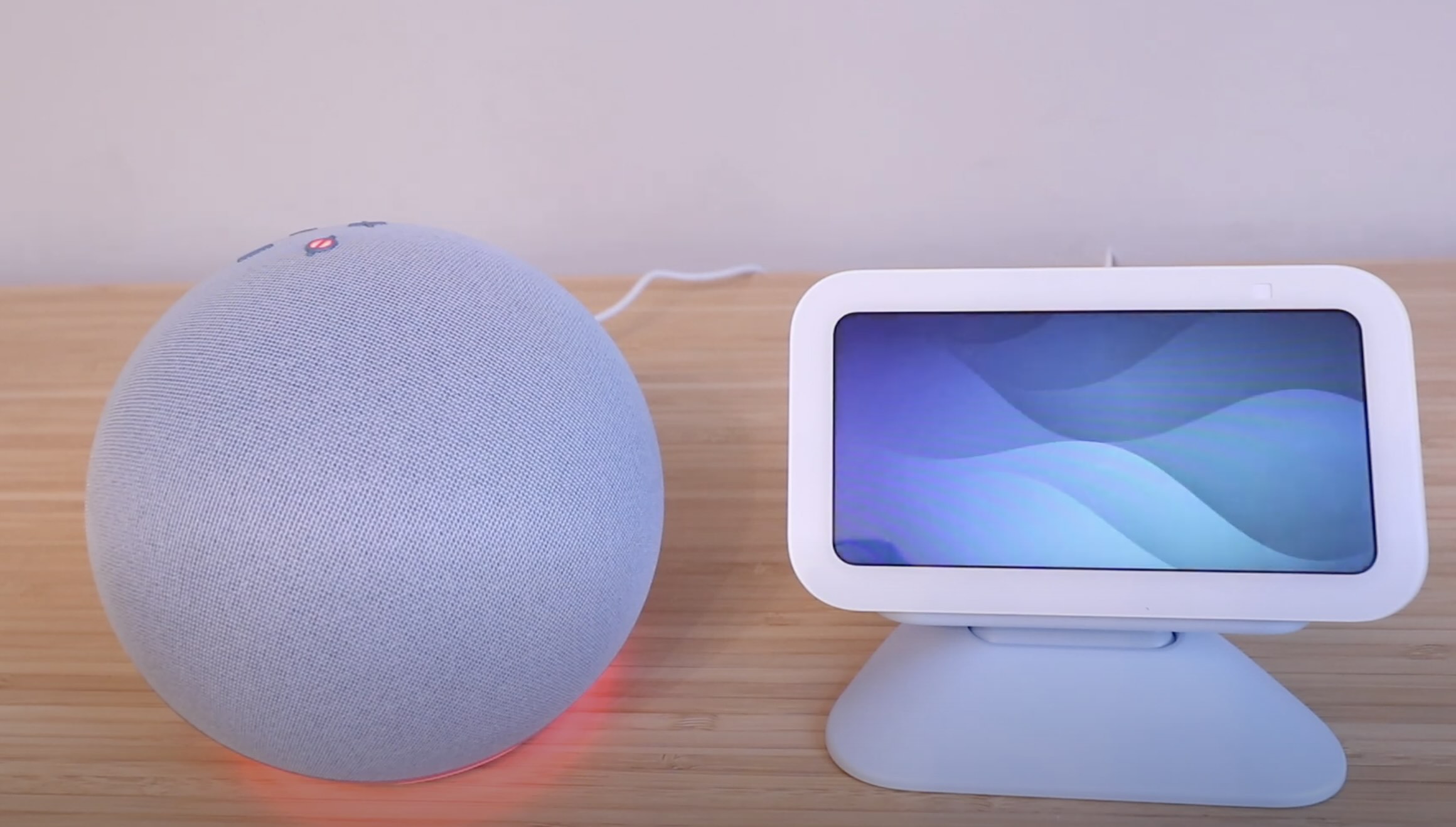

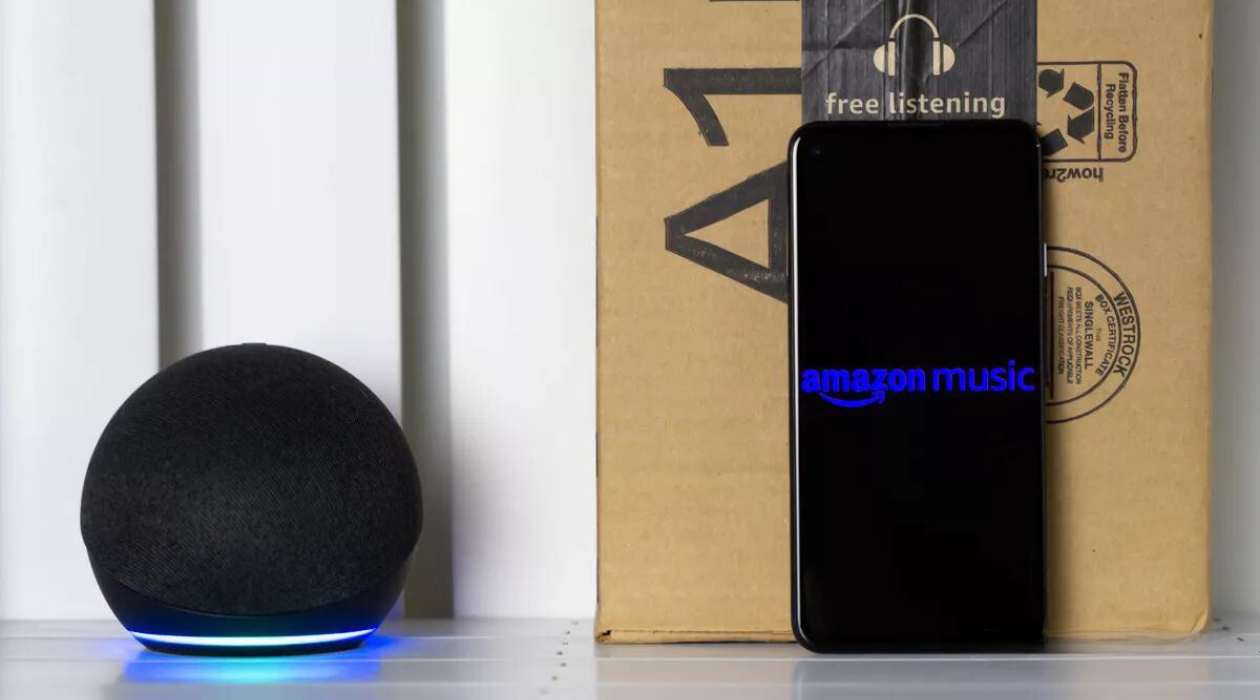



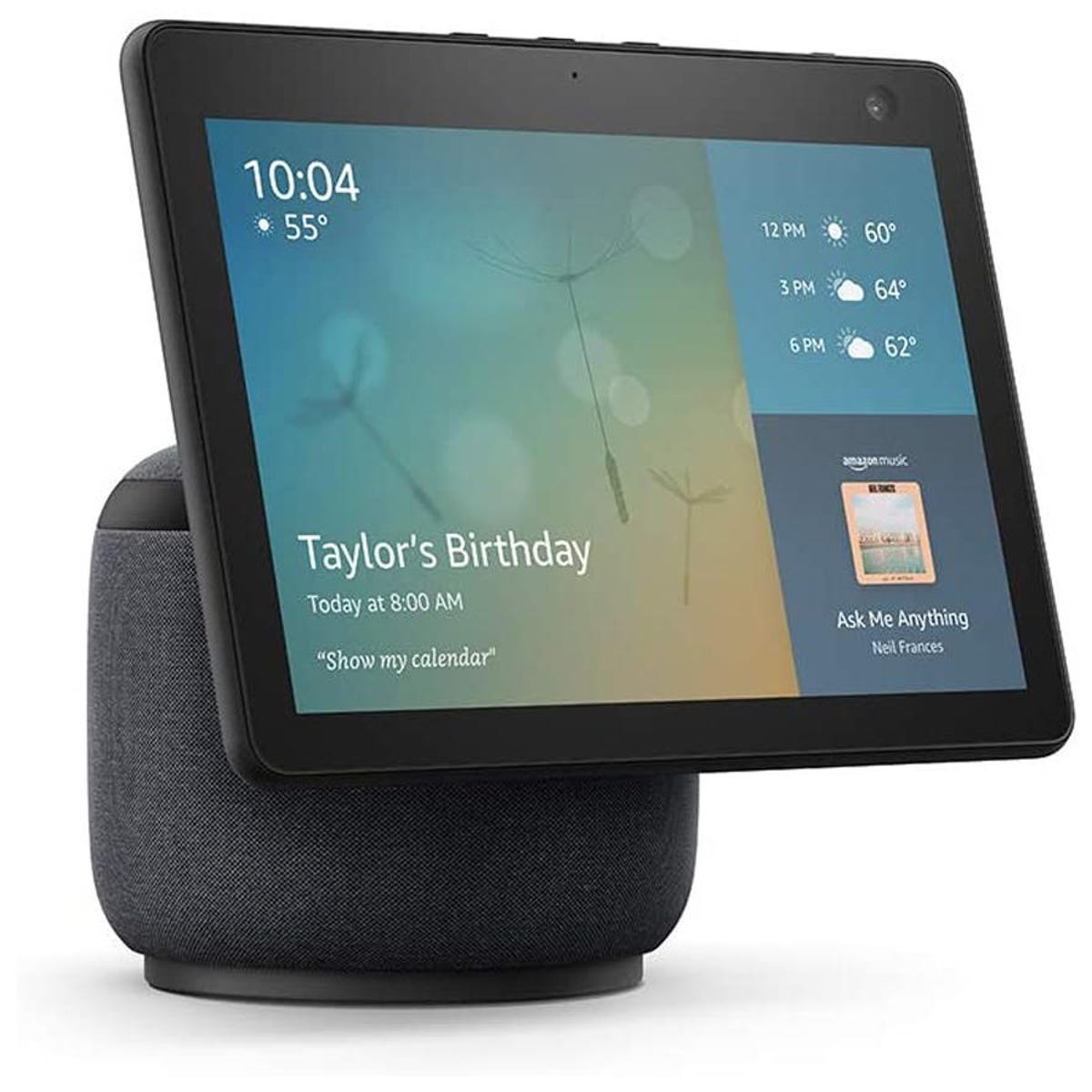
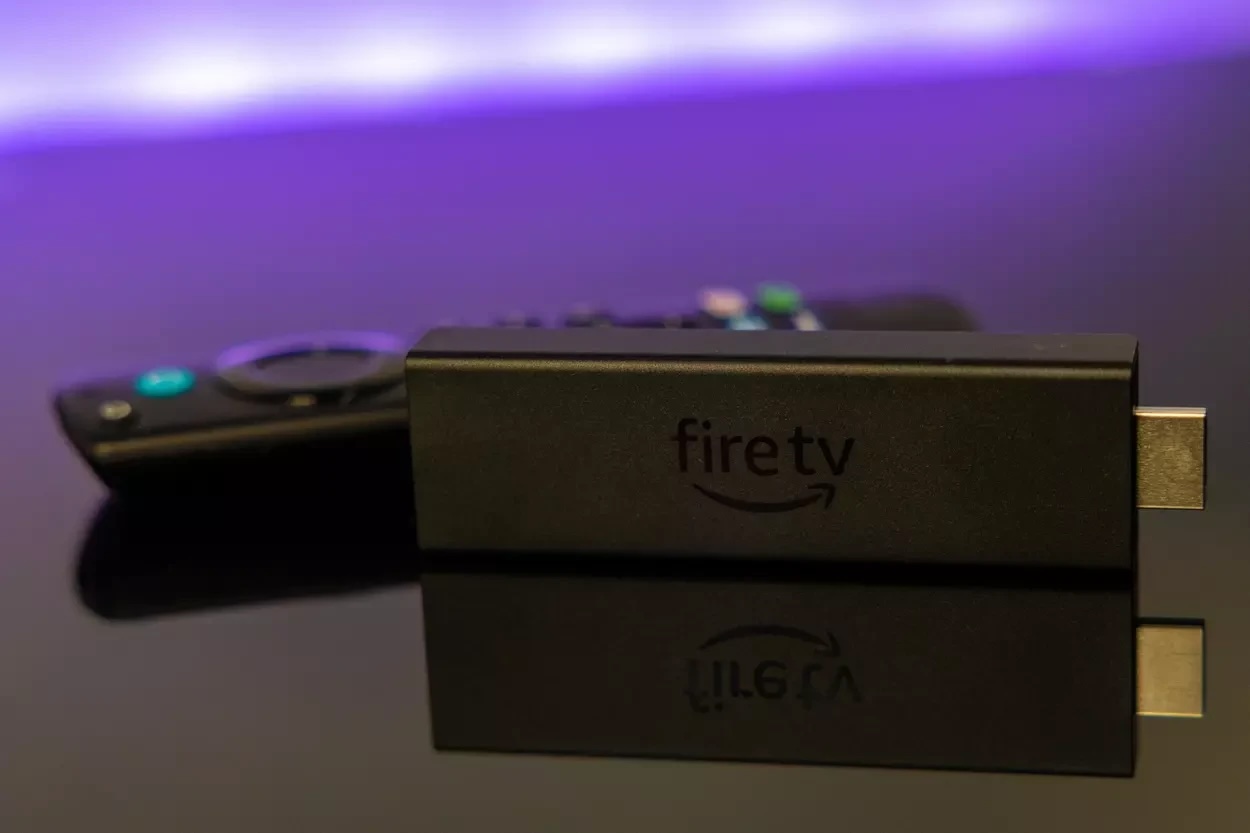
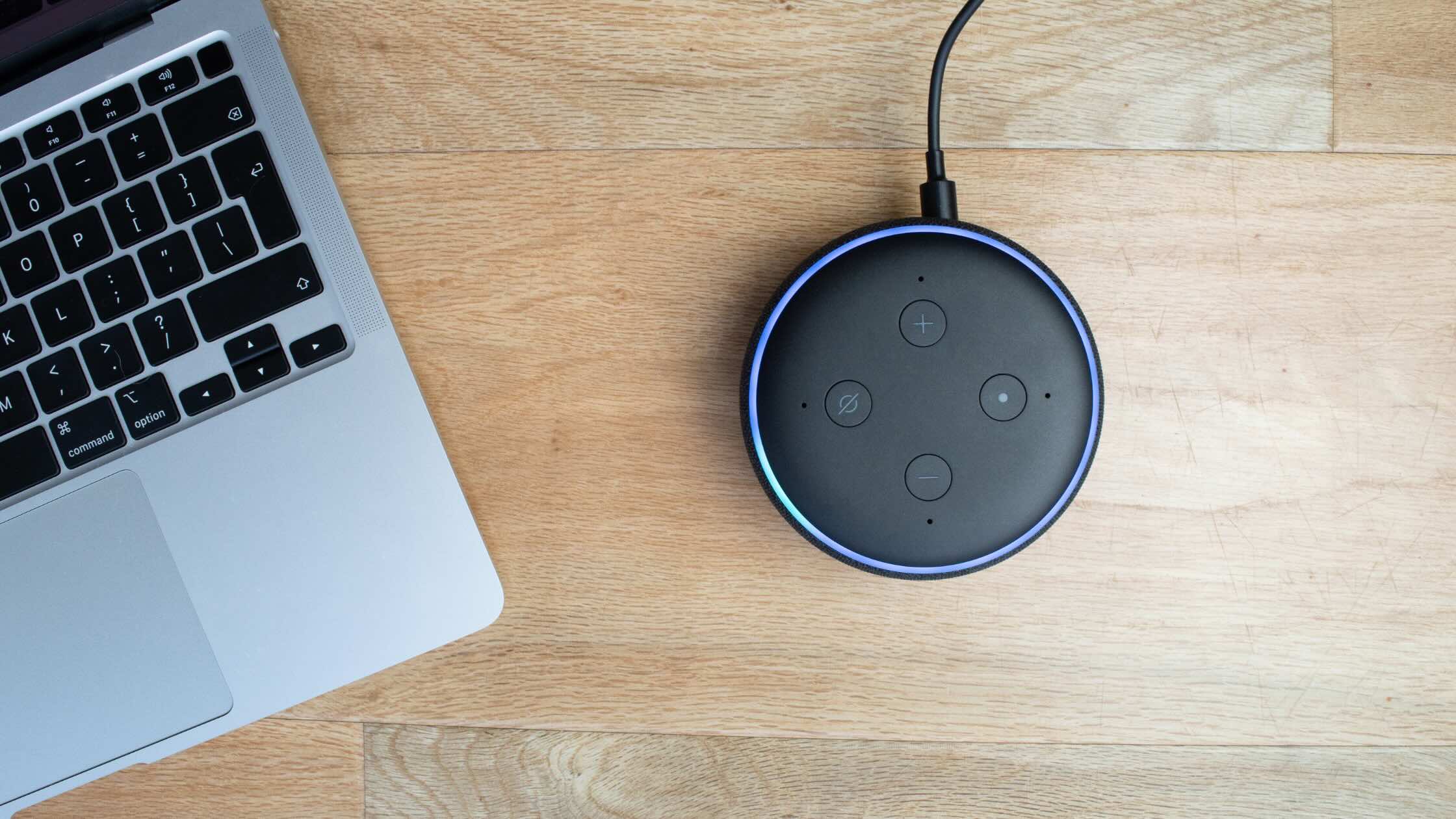
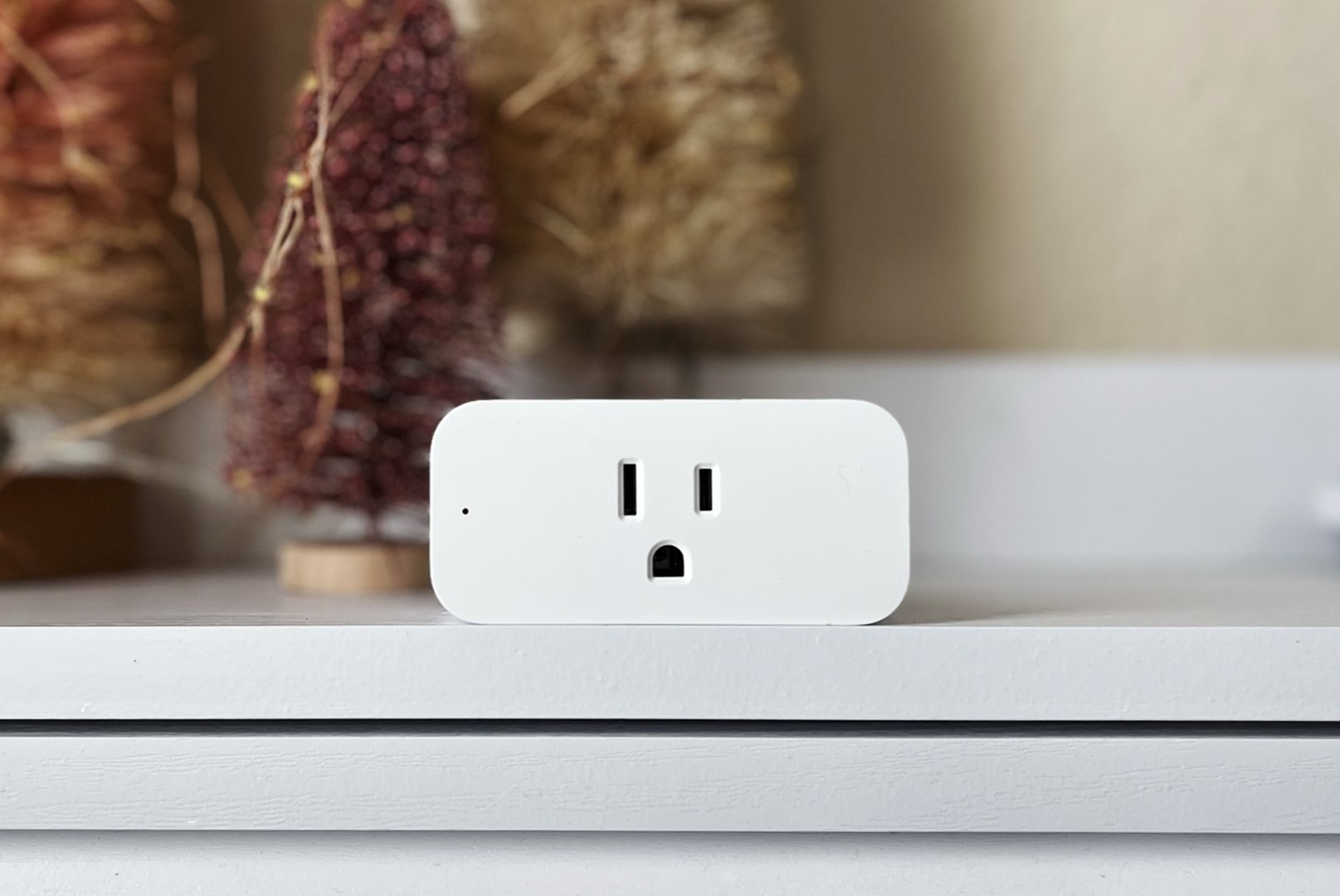
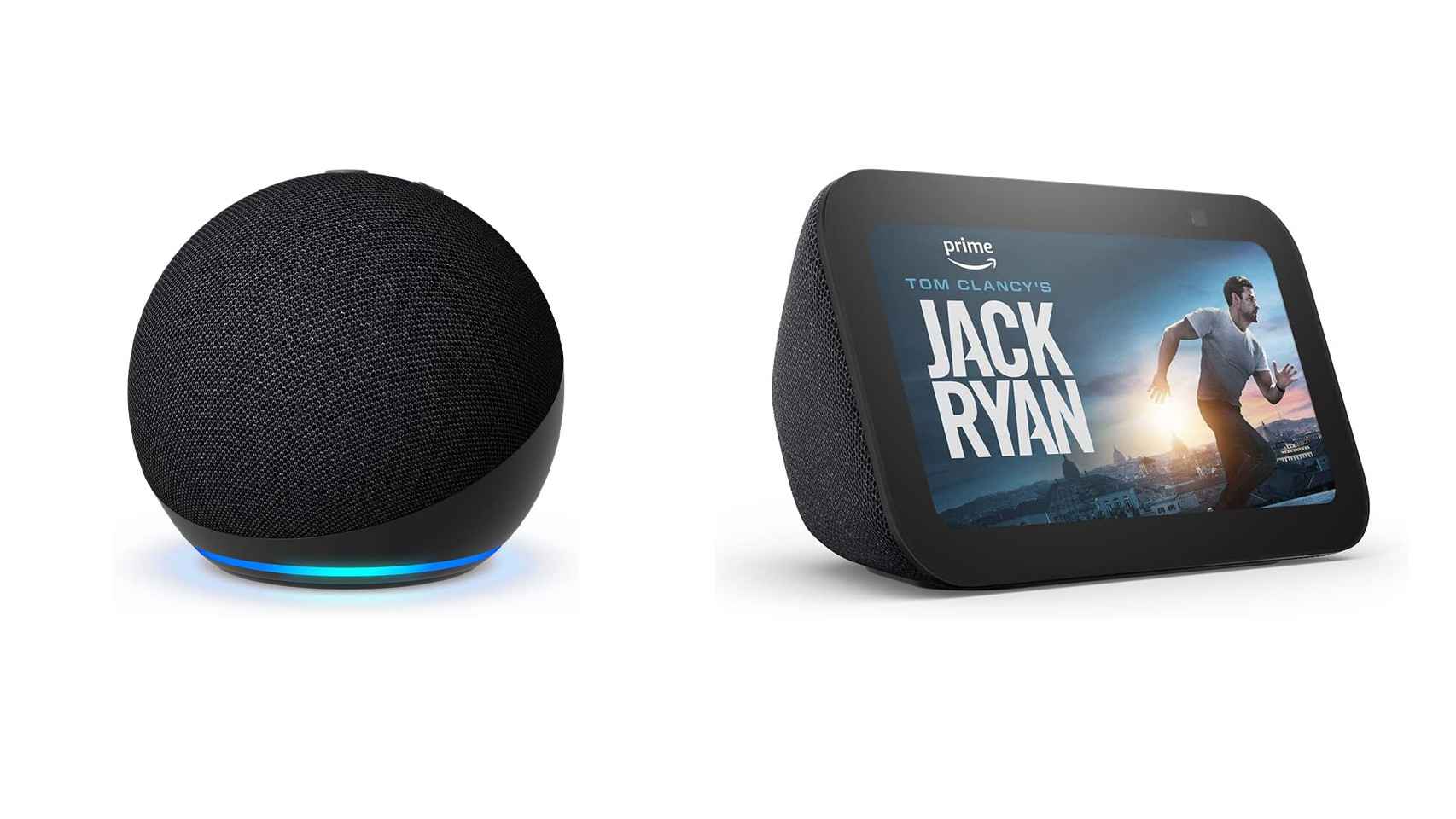
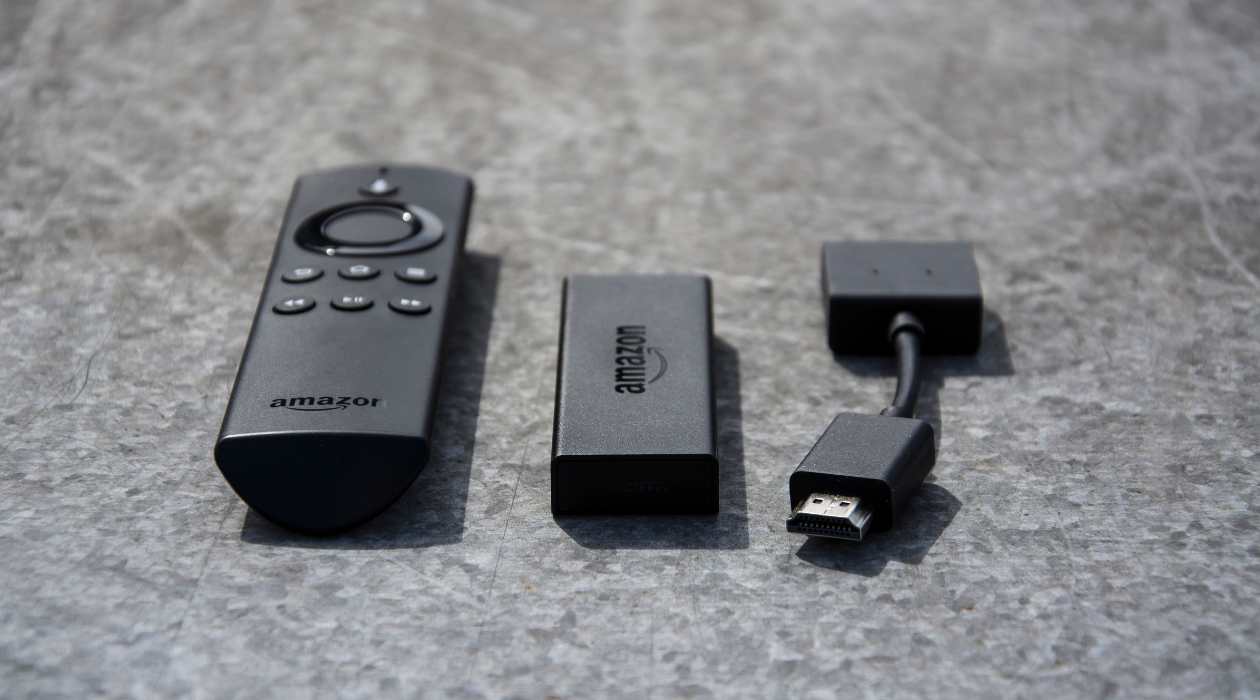

0 thoughts on “What Is Alexa From Amazon?”